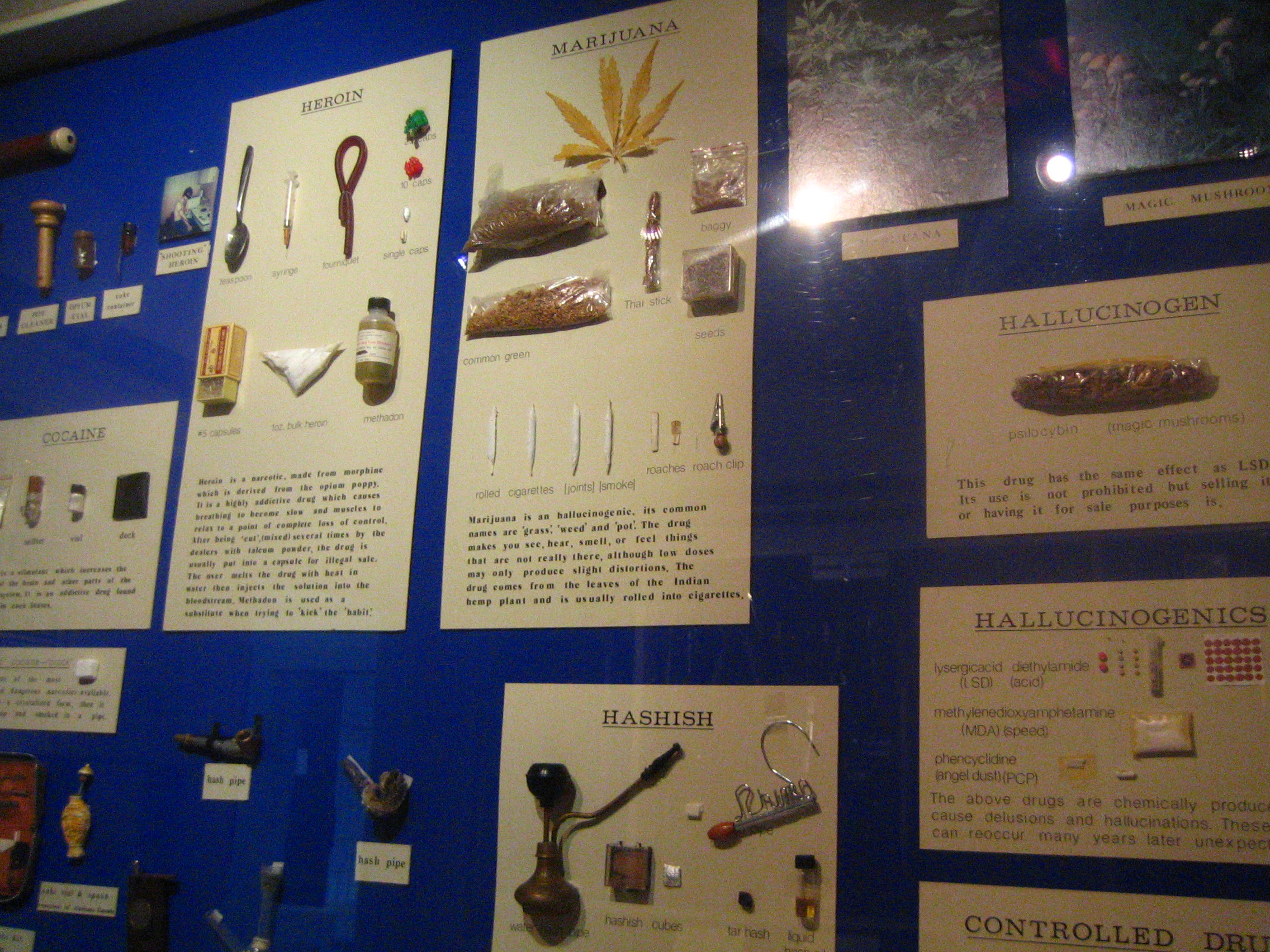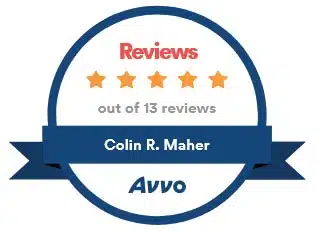
Are DUIs Only Charged When Alcohol Is Involved?
Driving under the influence of drugs is a criminal offense. Many medications and chemicals categorized as controlled substances can impair balance, coordination, wakefulness, and decision making, so drivers found with high enough concentrations of those substances in their bodies can be charged with operating a vehicle while intoxicated (OVI) in Ohio.
The primary substances Ohio police officers and highway patrol troopers watch for are
- Amphetamines, including high doses of ADD/HD medications like Ritalin
- Cocaine and the substances it breaks down into in the body
- Ecstasy (MDMA)
- Heroin and the substances it breaks down into in the body
- Ketamine
- LSD
- Marijuana and the substances it breaks down into in the body
- Methamphetamines
- Narcotic painkiller like fentanyl, OxyContin (oxycodone) and Vicodin (hydrocodone)
- Prescription sleep and anti-anxiety drugs like Klonopin (clonazepam) and Xanax (alprazolam)
- PCP, which is also known as phencyclidine
- Salvia
- Synthetic marijuana products that are sometimes sold as incense and bath salts
The legal procedures for making a drugged driving stop, arrest, and charge are the same as for drunk driving. That is, a law enforcement official must have reasonable suspicion for pulling over a driver and putting the person through field sobriety tests. Blood and urine samples must be taken according to the same protocols observed when testing for alcohol, and the samples must be handled in the same ways.
Many defenses against drug-related OVI charges pursued by a Madison County, OH, DUI attorney will involve questioning what the charging officer observed that led him or her to suspect intoxication and impairment. Then, whether the officer and the laboratory workers who conducted the blood and urine tests did everything by the book will be investigated.
A third line of defense can involve questioning whether the amount of a drug in the suspect’s system at the time of arrest met recognized concentrations for causing impaired driving performance. Ohio recognizes the following per se levels:
- Amphetamine—500 ng/mL in urine and 100 ng/mL in blood
- Cocaine—150 ng/mL in urine and 50 ng/mL in blood
- Heroin—2,000 ng/mL in urine and 50 ng/mL in blood
- LSD—25 ng/mL in urine and 10 ng/mL in blood
- Marijuana—10 ng/mL in urine and 2 ng/mL in blood
- Methamphetamine—500 ng/mL in urine and 100 ng/mL
- PCP—25 ng/mL in urine and 10 ng/mL
You can still be convicted if lab test results are lower than these levels when you still appear to be impaired.
A person accused of driving under the influence of drugs will be permitted to introduce exculpatory and explanatory evidence in the forms of health records, prescriptions, and testimony from health care providers. A person charged with OVI may have the case dismissed or reduced to a lesser charge if the individual can show that the use of medication was necessary and safe under most circumstances.
You can learn more about how drug use can be related to a charge for driving under the influence by speaking with a Madison County, OH, OVI attorney at The Maher Law Firm. To request a free consultation, call (614) 205-2208 or use this online contact form.
RECENT POSTS
-
What is Improperly Handling Firearms in a Motor Vehicle in Ohio?
07 Mar 2025
-
What is the Difference Between OVI and DUI in Ohio?
05 Mar 2025
-
What Happens When You File a Police Report on Someone For Harassment
11 Dec 2024
-
How to Move for Dismissal for OVI in Ohio
28 Oct 2024
-
Ohio Fraud Laws: Fraud Charges and Their Penalties in Ohio
12 Sep 2024
-
Can Dismissed OVI Be Expunged in Ohio?
02 Sep 2024
BLOG CATEGORIES
-
Weapons
3 Posts
-
Drugs
22 Posts
-
DUI
195 Posts
-
Current Events
1 Posts
-
Expungements
2 Posts
-
News
18 Posts
-
Criminal Defense
45 Posts
-
Traffic
126 Posts


